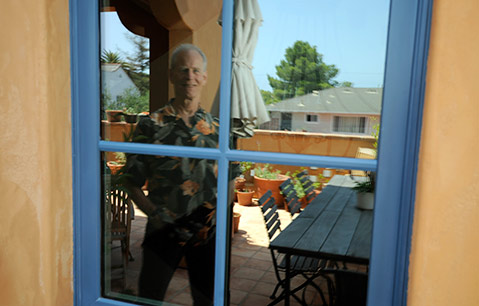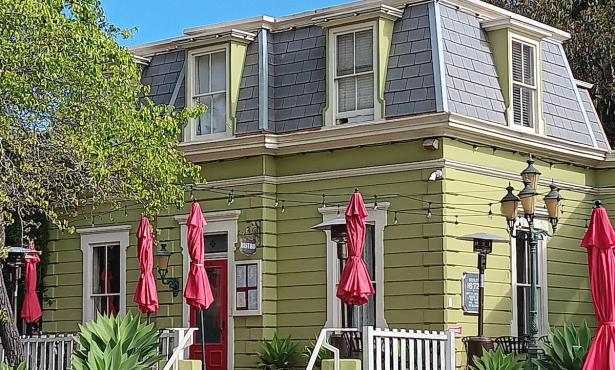Green Your Crib: Choosing a Wise Window

Windows perform more functions than any other component of our buildings. They provide daylight, natural ventilation, and glare control. They control fading, sound intrusion, water tightness, and thermal buffering. They determine condensation, durability, clarity of views, and maintenance schedules. And, of course, they need to be attractive and affordable.
Because of all these functions, it is advisable to purchase the highest-performance windows you can afford. Most windows now carry rating labels developed by the National Fenestration Rating Council (NFRC). They tell the U-value, which reflects insulating effectiveness; the solar heat gain coefficient (SHGC), which tracks how much heat radiation passes through a window; and the visible transmittance, which covers daylight, views, glare, and fading.
California building codes now require that all windows be dual glazed (have two layers of glass) with a U-value no higher than .32. (The lower the number, the better the insulating performance.) The SHGC varies between 0 and 1. A lower number reduces cooling costs. Usually, U-values and SHGC numbers move up or down together, but for passive solar design — winter heating from the sun being essential — it is important to get separation, still seeking a low U-value but getting as high a SHGC number as possible to let in more heat radiation.
There are many types of coatings now added to glass. The most common, a low-E coating (low emittance), improves the insulating value of a window, roughly equivalent to adding another pane of glass. These coatings keep the summer heat out and the winter heat in. Most new houses today have windows with two low-E coatings (called low-E squared). In designing for passive solar, placement of these low-E units on the north and west orientations is good practice. But a different configuration is needed for south and east exposures — one that still has good insulating value (low U-value) but allows infrared radiation to enter (high SHGC).
The frame materials (wood, vinyl, metal, fiberglass), quality of construction (strength and tightness of corners), type of hardware, and number of layers and durability of weather stripping are other factors to consider in window purchase. And it all adds up; over the past 30 years, windows have transformed from being one of the worst-performing elements of a home to now being one of the best and most versatile.



